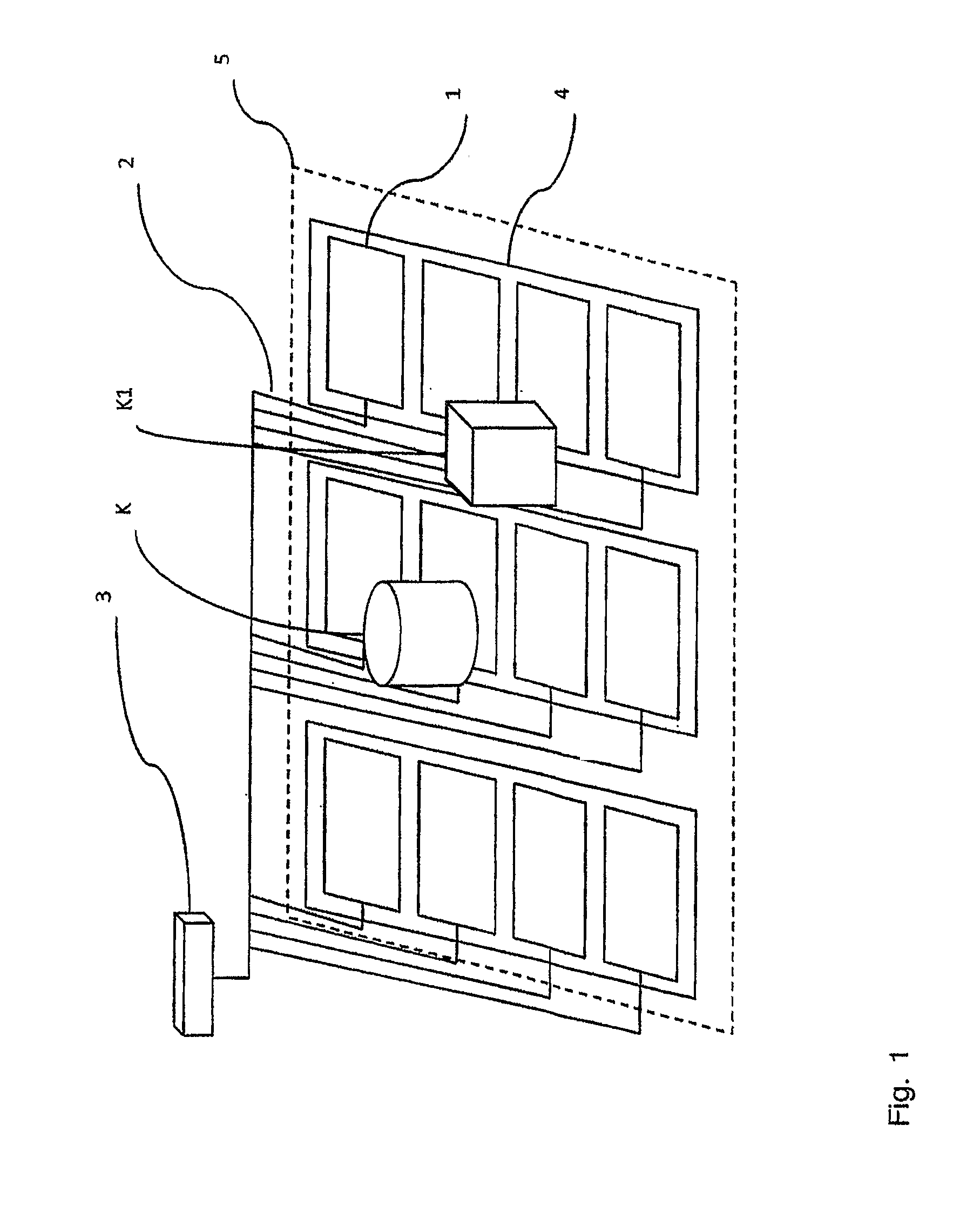Method and system for detecting events
a technology of event detection and event information, applied in the direction of simultaneous measurement of multiple fluid pressure valves, speed/acceleration/shock measurement, pressure difference measurement between multiple valves, etc., can solve the problem of reducing the value of information, unreliability and inaccuracy of information, and difficulty in making correct interpretations that adequately contain necessary information, etc. problem, to achieve the effect of achieving the correct content of event information, ensuring accuracy, and ensuring accuracy of event information
- Summary
- Abstract
- Description
- Claims
- Application Information
AI Technical Summary
Benefits of technology
Problems solved by technology
Method used
Image
Examples
Embodiment Construction
[0045]In the following the invention will be described in more detail with reference to the embodiments presented as examples and to the attached drawings, wherein
[0046]FIG. 1 presents one system according to the invention.
[0047]FIG. 2 presents by way of example the linking of sensor observations to the object according to the invention.
[0048]FIG. 3 presents an example of the sensor observations produced by a person falling and of the tracking of an object in a system according to one embodiment of the invention.
[0049]FIG. 4 presents the observations produced by two objects approaching and meeting each other, and the processing of these in the system according to one embodiment of the invention.
[0050]FIG. 5 presents the sensor observations produced by a person getting out of bed in the system according to one embodiment of the invention.
[0051]FIG. 6 presents the sensor observations produced an object moving to beside the bed at sequential moments of time and the processing of the ob...
PUM
 Login to View More
Login to View More Abstract
Description
Claims
Application Information
 Login to View More
Login to View More - R&D
- Intellectual Property
- Life Sciences
- Materials
- Tech Scout
- Unparalleled Data Quality
- Higher Quality Content
- 60% Fewer Hallucinations
Browse by: Latest US Patents, China's latest patents, Technical Efficacy Thesaurus, Application Domain, Technology Topic, Popular Technical Reports.
© 2025 PatSnap. All rights reserved.Legal|Privacy policy|Modern Slavery Act Transparency Statement|Sitemap|About US| Contact US: help@patsnap.com



